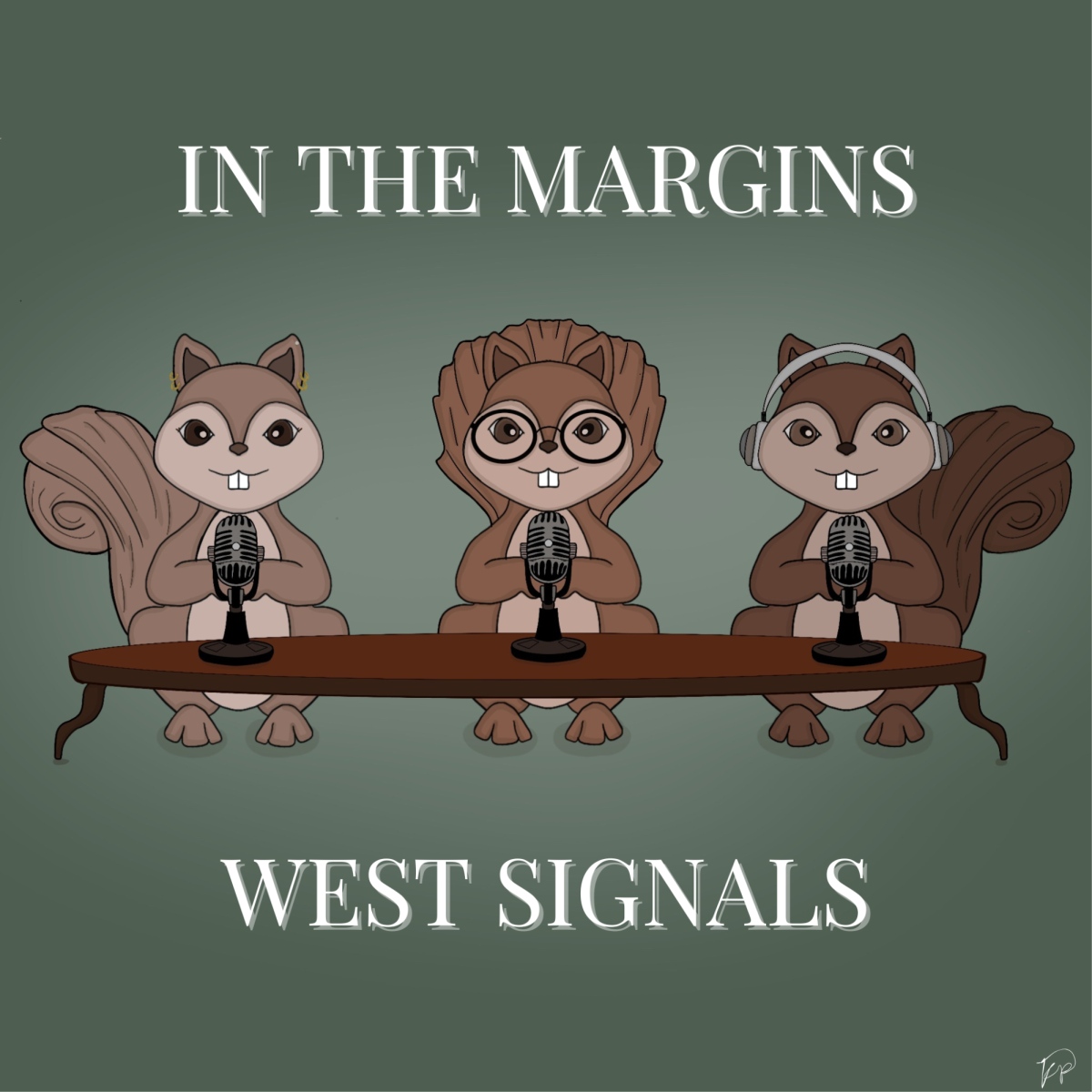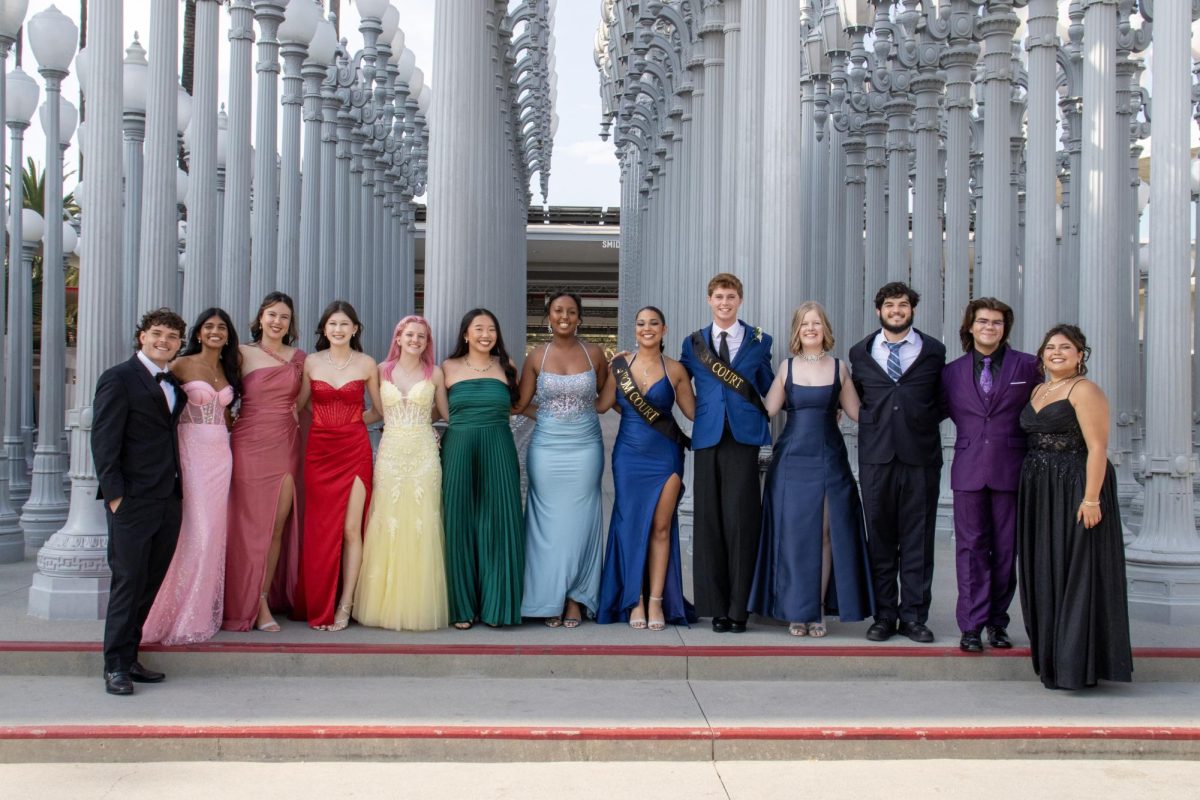Modern-Day Theft Is All Around You
January 8, 2019
The right click of a mouse, or a screenshot―that’s all it takes for art theft to occur. This crime is hardly difficult for the average internet user, so it’s not a surprise that plagiarized art and copyright infringements have become rampant.
Online art theft can be as simple as reposting an image on social media without crediting the original author; or it can be as complex as editing an original artwork and gaining profit from a product. It’s easy, it’s fast, and it’s dangerously common.
Every artist on the internet is in danger of art theft. Art thieves do not discriminate between hobbyists and professionals, amateurs and veterans. There is virtually no foolproof way to prevent theft―no watermark, warning, or html code is savvy enough to cover the vulnerability of an image on the web.
Ignorance is a perpetrator―many internet residents are not aware that internet content is not exempt from copyright law, or that reposting an image without permission can be taken seriously. There is a certain freedom that comes with the internet, and every image appears artistless and ripe for the picking.
That’s not to say that there isn’t malicious intent present in art theft. There are users that steal artwork in full knowledge of copyright laws. And it is very easy to slip by the artist without being caught. Here, artists go through the arduous process of tracking down their own works.
Let me pose you a question: Why should artists have to find their own art just to ensure that it has not been stolen?
And in response, you might think: Why would artists put their art on the internet, in full knowledge that art theft is a real danger?
The average artist is not professional, or full-time, or really making a whole lot of revenue. A lot of them are hobbyists with full-time occupations like a career or school. Some artists are successful enough to survive on an art-based income. The majority that are not don’t have access to better resources outside the internet. But one way or another, it shouldn’t matter. The internet is a sea of connections, and in an age of technology and social media, has become a valuable tool and necessary platform for artists of all incomes. Too many opportunities would be missed just by leaving the internet. Maybe a professional artist could still profit off the internet. But could the average artist risk that? I wouldn’t think so.
Modern-day artists are reliant on the internet. To ask them to stop posting artwork on the very platform they are based on is like asking them to kill every small chance of opportunity. In such a digitized age, artists cannot avoid the internet.
What now? I, too, ask myself this question. It’s puzzling. If art on the internet will never be safe, and artists cannot bypass the internet, what is there to do? How can action possibly be taken?
There isn’t a lot that can be done, as a bystander. But we can take the first step in protecting the rights of artists by raising awareness. Art theft can be committed unintentionally, and this can be combated by carrying and spreading the facts: online art theft is an issue. It often goes unnoticed, but it occurs every day and hurts the artists that labor in order to create the things they love.
For those who maliciously steal art, there is no foolproof way to stop them; not yet. It’s unfair that artists should have to do anything to protect things that should be safe. But to artists, I would say this: Watermark your images. Write copyright disclaimers. Pursue those that seek to take credit for your work. You shouldn’t have to be a vigilante, but art thieves are real, even if you may not see them coming.
It does not feel like there is much we can do. That is true; there isn’t. Art theft is something that can only be stopped by a united front, but we cannot unite against it until others are aware that it exists. One step at a time, we can make these changes.
In comparison to the social issues of today―violence, discrimination, corruption―online art theft appears to be a mere speck; an inconvenience, but not an injustice, hardly important in the grand scheme of things.
But as a witness to the prevalence and hurt of art theft, I would ask you to take action. For the students who pull all-nighters, balancing their passions and their futures. For the teenagers that can only dream of becoming artists. For the struggling painters who risked their lives for the sake of art. Art theft takes away from the ones who put their blood, sweat and tears into their work. It hurts.
I am not a painter, or a digital artist, or a photographer. But, in a way, we are all artists, painting pictures with words and piecing together images in thought. Artists are just the forefront of theft.
You and I are artists. Perhaps it is time we begin to take a stand.




